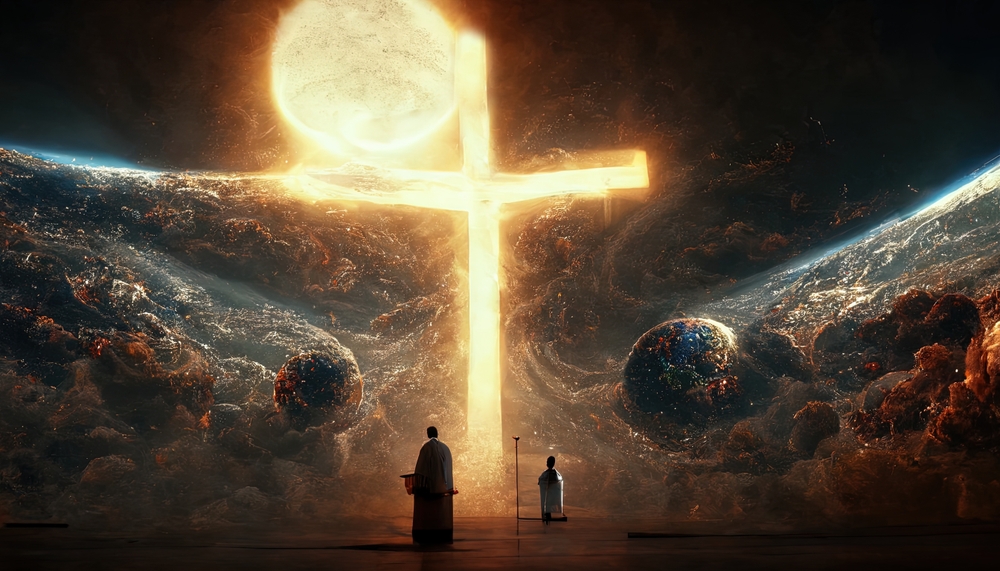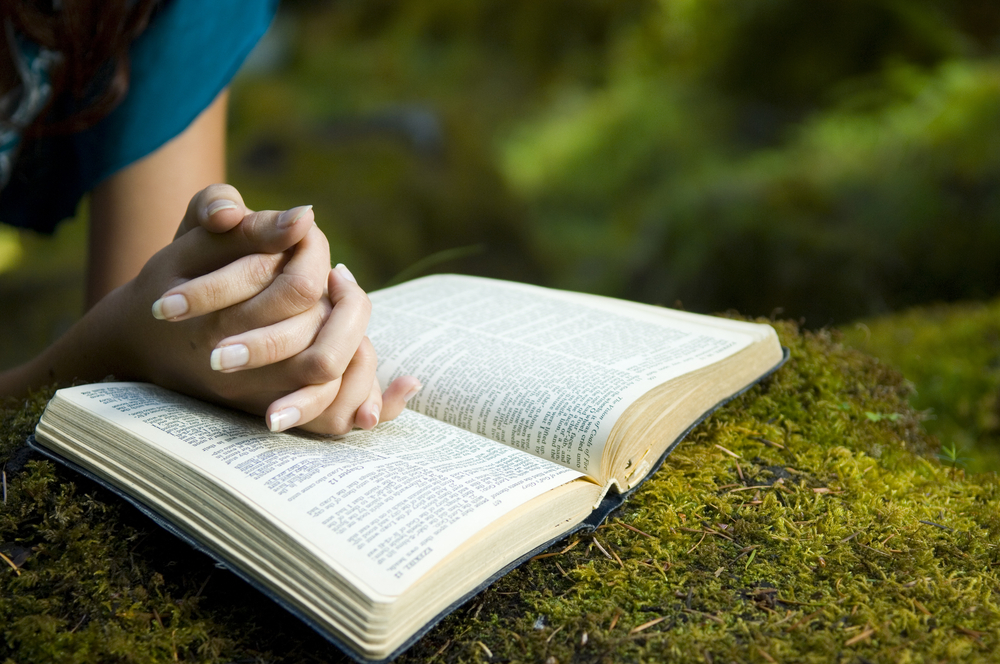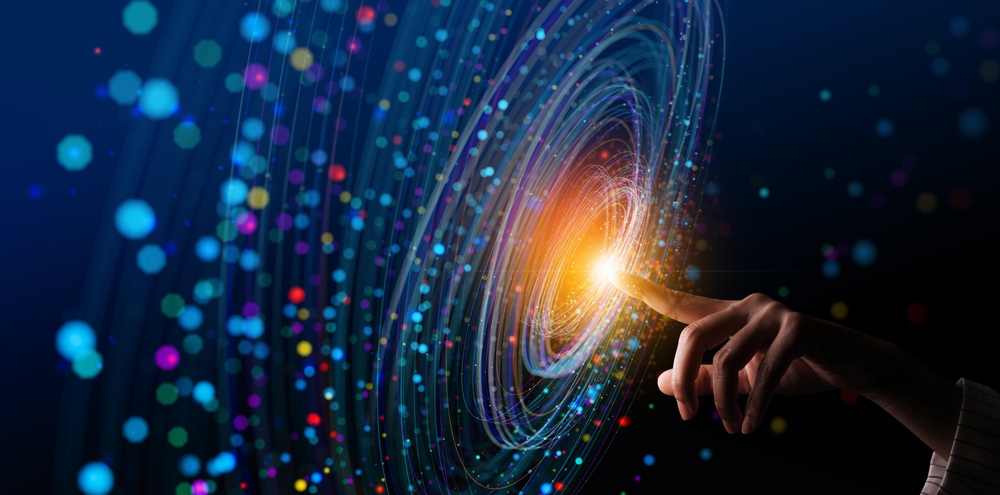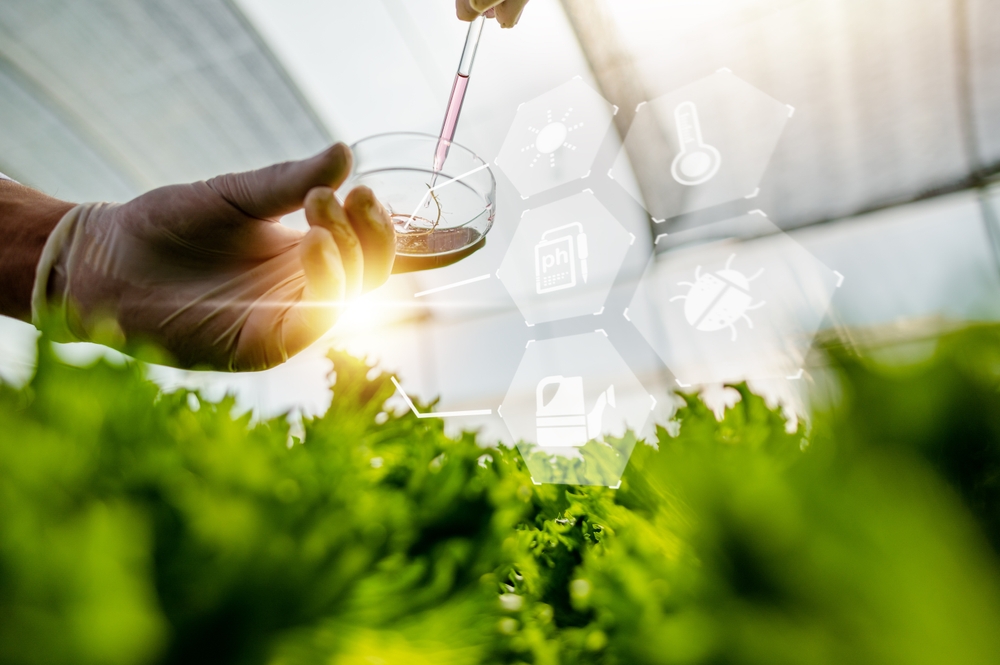Science and religion have a long and complicated relationship, sometimes seeming to work together and other times stepping on each other’s toes.

Both strive to understand the world around us, but their methods and areas of focus often differ. This can lead to tension and misunderstanding, especially when passionate advocates on either side dig in their heels. But as the Stanford Encyclopedia of Philosophy points out, it’s important to remember that science and religion aren’t always enemies. In fact, they can complement each other beautifully, offering different lenses through which to view the mysteries of existence.
1. Science focuses on the “how,” while religion focuses on the “why.”

Science tries to figure out how things work in the natural world, like why the sky is blue or how plants grow. Religion, on the other hand, often deals with bigger questions like why we’re here and what happens after we die.
2. Science is based on evidence, while religion is based on faith.

Scientists use experiments and observations to test their ideas. They’re always looking for new evidence to learn more about the world. Religious beliefs are often based on faith in sacred texts or personal experiences, which can’t be proven or disproven in the same way as scientific ideas.
3. Science and religion have different ways of finding truth.

Scientists use a method called the scientific method to test their ideas and come up with explanations. Religious people often find truth through prayer, meditation, or studying sacred texts.
4. Science and religion have different ideas about right and wrong.

Science can tell us about the consequences of our actions, but it doesn’t tell us what’s morally right or wrong. Religion often provides guidelines for how to live a good life, based on the teachings of a particular faith.
5. Science and religion offer different perspectives on suffering.

Science tries to find ways to prevent and treat suffering, like developing medicines for diseases. Religion offers comfort and hope in the face of suffering, helping people find meaning and purpose even in difficult times.
6. Science and religion have different explanations for extraordinary events.

Scientists look for natural explanations for things that seem miraculous, like sudden healings or natural disasters. Religious people might see these events as signs from God or other supernatural forces.
7. Science and religion have different sources of authority.

Scientists rely on peer review and consensus within the scientific community to determine what’s true. Religious people often turn to sacred texts or religious leaders for guidance.
8. Both science and religion offer a sense of community.

Scientists work together to explore and understand the world, attending conferences and sharing their findings. Religious people gather for worship, social events, and community service. Both groups provide support and a sense of belonging to their members.
9. Science and religion use different language.

Science uses precise terms and formulas to describe the world, while religion often uses stories, metaphors, and symbols to convey spiritual truths. This can sometimes make it difficult for scientists and religious people to understand each other.
10. Science and religion both grapple with the unknown.

Both scientists and religious people wonder about the mysteries of the universe and the limits of human knowledge. This sense of wonder can inspire awe and curiosity in both groups.
11. Past conflicts can make it hard for science and religion to get along.

Throughout history, there have been times when scientists and religious leaders clashed over their beliefs. These past conflicts can still cause tension today, even though many people find ways to reconcile their faith with scientific knowledge.
12. Both science and religion can be used for good or bad purposes.

Science can be used to create amazing technologies that improve our lives, but it can also be used to create weapons and harm the environment. Religion can inspire acts of kindness and compassion, but it can also be used to justify violence and discrimination. It’s important to remember that the misuse of either science or religion doesn’t invalidate its potential for good.
13. How we learn about science and religion can shape our views.

The way we’re taught about science and religion in school or at home can influence how we see their relationship. When both are presented with respect and an open mind, it’s easier to see how they can coexist and even complement each other.
14. Extreme views on either side can cause problems.

Some people believe that science is the only way to understand the world and that religion is just superstition. Others believe that their religious texts are the literal truth and that science is wrong. These extreme views can make it hard for people to have respectful conversations and find common ground.
15. Science and religion can work together.

Despite their differences, science and religion can actually work together to help us understand the world and live better lives. Science can help us understand the natural world, while religion can provide meaning, purpose, and ethical guidance. When we approach both with curiosity and respect, we can learn from both and find ways to make the world a better place.



